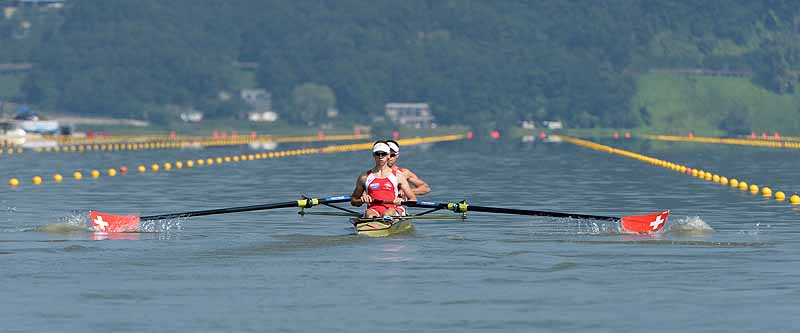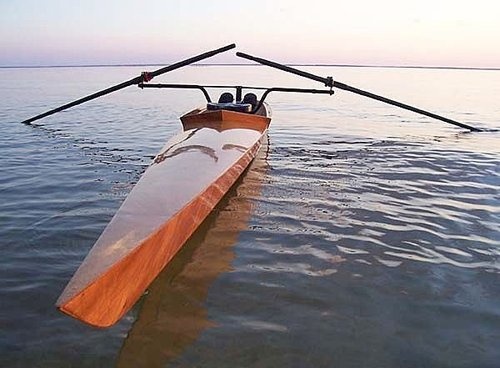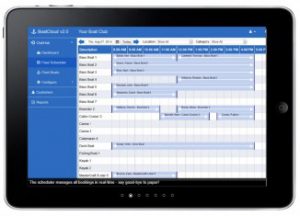We are not planning our sessions properly!
In my wanderings as a visiting coach I am often surprised by how little written planning coaches do. Training plans seem to be often kept in the head and what is to be done today is decided today. I will return to this theme. Sessions, or outings, as our English speaking cousins might call them, should also be planned.
Almost all of us have tight restrictions on our available training time; children have to get to school, the boat has to be back for the next crew, it is about to get dark or whatever else your local limit is. It makes good sense to use the limited time available as efficiently as possible. Every moment in the boat is precious; use it!
Start planning with the outcome in mind
My preferred method of planning a session is to start with the outcome I am seeking and work back from there to what will best help the crew achieve it. At this stage I will get one of my many common rants out of the way: ALL sessions are a mix of technique and physical training. There should be no such thing as a pure work outing or a pure technique session. Even the lightest of sessions where a new skill is taught has, at the least, a recovery component and, anyway, new skills should be taught with the athletes applying a good pressure, enough to get some training effect – OK, rant over.
So what outcomes are we seeking?
Some improvement in physical condition and some improvement in skill is the usual desire. What skill? What element of fitness?
The type of physiological improvement sought will determine the loading . The training plan for the athlete or crew will tell you what the load is for the day. 6 x 2 km at varied rates, 90 min steady state at 18, 10 km recovery or whatever. This gives you the basic framework for the session. Next decide what skills will be the technical focus for the session. Around that you can fit the warm up and cool down and plan to use the best bit of water for the work pieces.
Use the warm up
Most crews bumble through a standard warm up, getting cooler all the time. Good planning enables the warm up to be focussed around the technical emphasis for that day.
Next; move on to the skills part of the outing.


Rowing outing planning: summary
Every session must have a technical and a physiological goal. Use the warm up as the start of the skills section of the outing. Do the skills work at a good pressure. Build the difficulty of the drills and exercises through the session to arrive at the desired goal. Keep the same technical focus in the work as you used in the skills section.
My next piece will give an example of a session planned this way.

Keep planning and keep having fun!
Duncan Holland.








